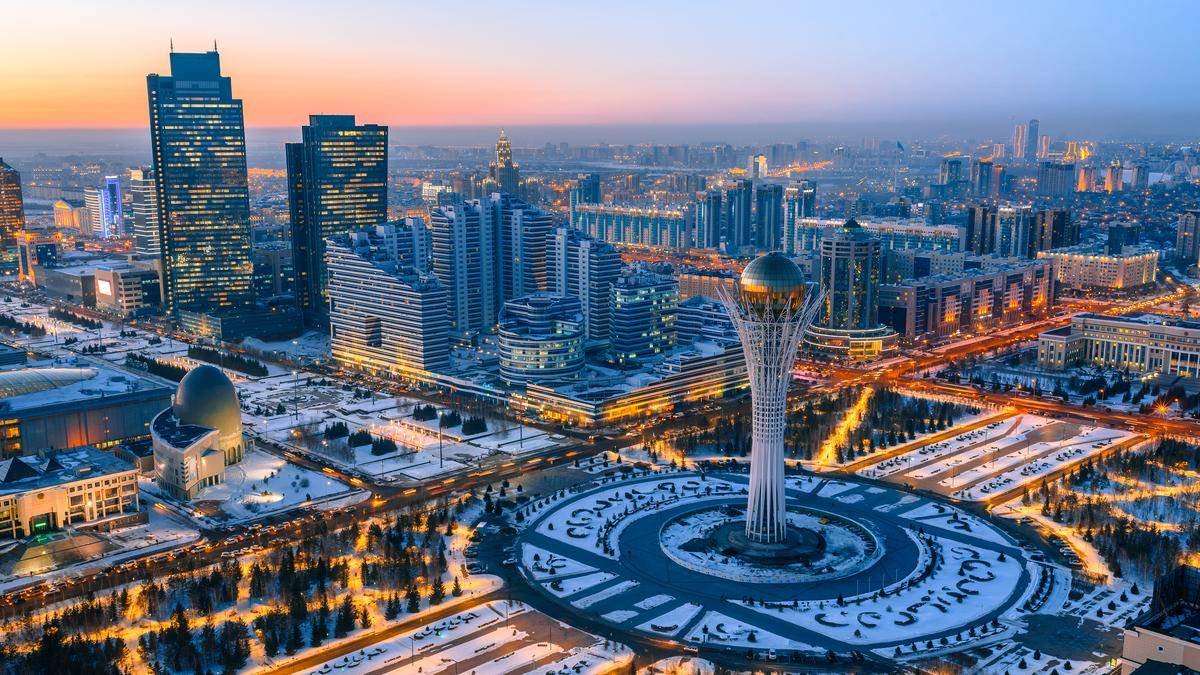Residents of Astana, the capital city of Kazakhstan, have achieved the highest life expectancy in the country, reaching an impressive 77.3 years in 2023, Kursiv reported on February 1.

The statistics not only underscore the dedication of the healthcare system but also point to a considerable decline in overall mortality by 4.5%. Rustemova emphasized the commitment to accessible healthcare, revealing, "About 151,000 Astana residents received free medicines in 2023." The acquisition of over a thousand units of new medical equipment for hospitals and clinics further attests to the city's efforts to enhance medical services.
As of December 1, 2023, the country's population reached 20,014,575 people, with Astana experiencing the highest growth rate at 5.11%, followed by Almaty at 2.82%, and the Mangistau region at 2.40%.
Life expectancy in UZBEKISTAN
Uzbekistan reports an average life expectancy of 74.3 years, with the permanent resident population reaching 36.8 mn as of January 31, 2024.
https://twitter.com/DaryoEng/status/1752724668736270425As part of the "Uzbekistan-2030" initiative, Uzbekistan is set to implement a series of reforms aimed at bolstering public health, with the goal of raising the average life expectancy of the population to 78 years. This involves an increase in the annual health budget. Additionally, there will be focused endeavors to reduce premature mortality resulting from diseases like cancer, cardiovascular ailments, diabetes, respiratory conditions, and infectious diseases by a factor of 2.5.
The plan includes the provision of medical care for 350,000 individuals with diabetes and 1.5 mn cardiovascular patients. Efforts will also be directed at cutting hereditary morbidity among children by 50%. Furthermore, initiatives are in place to decrease the mortality rate for women, newborns, and children under five within 42 days of pregnancy detection, thereby enhancing maternal and child health. The aim is to augment the number of birthing facilities by 35% and to halve cancer mortality per 100,000 individuals aged 30-69.
Average Life Expectancy in Central Asia
World Bank reports states that the mean life expectancy in Central Asia stood at 71.8 years in 2020. While this marks substantial progress from the tumultuous early 1990s, it falls short of the averages for Asia (74.2 years) and the global average (79.7 years).
The early 1990s posed formidable challenges for Central Asian nations as they shifted from socialist to market-based economies. This transitional phase witnessed a drop in life expectancy due to economic crises, social unrest, worsening living and healthcare conditions, and the proliferation of diseases such as tuberculosis and HIV/AIDS.
KYRGYZSTAN
Kyrgyzstan, situated in the mountainous landscapes of Central Asia, boasts an average life expectancy of 74.2 years. The population in Kyrgyzstan surpassed 627,000 citizens at the beginning of 2023, constituting 9% of the overall population. Notably, certain regions within Kyrgyzstan, such as Batken, Jalal-Abad, and Osh, exhibit a higher male population due to an elevated birth rate.
TURKMENISTAN
As per to data from the UN Foundation for Population Activities (UNFPA), the average life expectancy is around 66 years for men and 73 years for women.
TAJIKISTAN
Tajikistan, positioned in the heart of Central Asia, has experienced a significant increase in life expectancy, averaging 71 years in 2023, surpassing the global average by 6.5 years. Over the past five years, Tajikistan has achieved notable progress in reducing maternal mortality by 1.8 times and nursery mortality by 2.7 times.
AFGHANISTAN
As of November 6, 2023, Afghanistan's population was estimated at 42,631,992 people, with a life expectancy of 65.97 years. The population increase is attributed to positive natural growth and external migration, resulting in a slight male population surplus.
Comments (0)